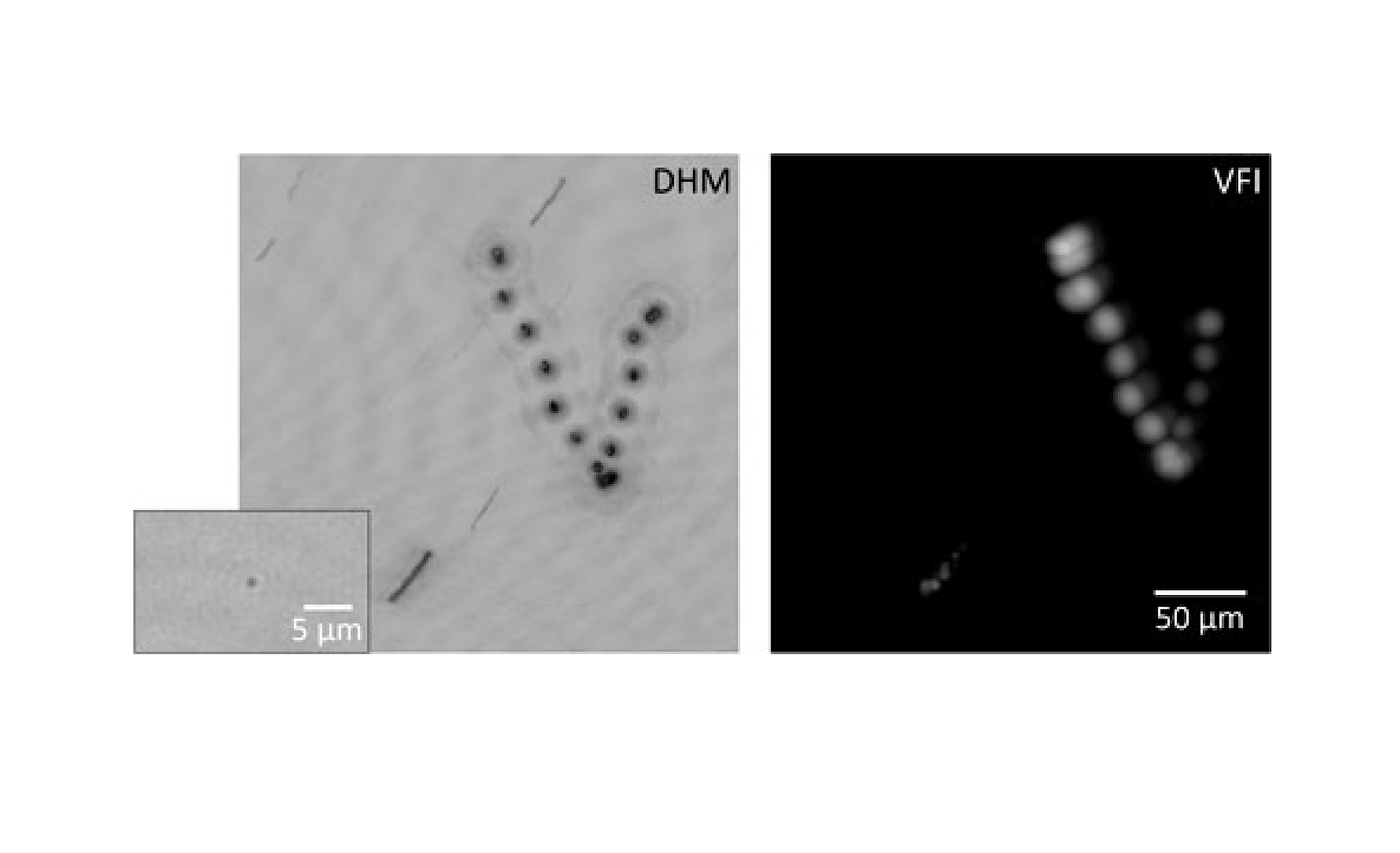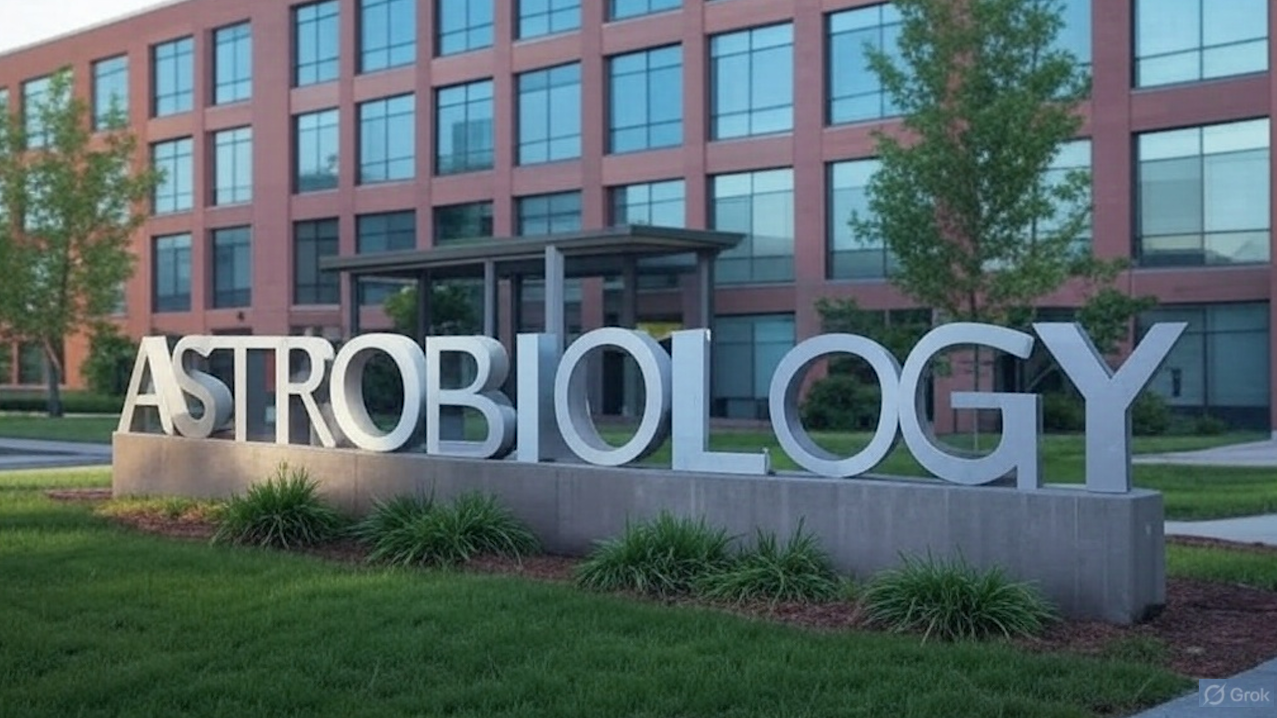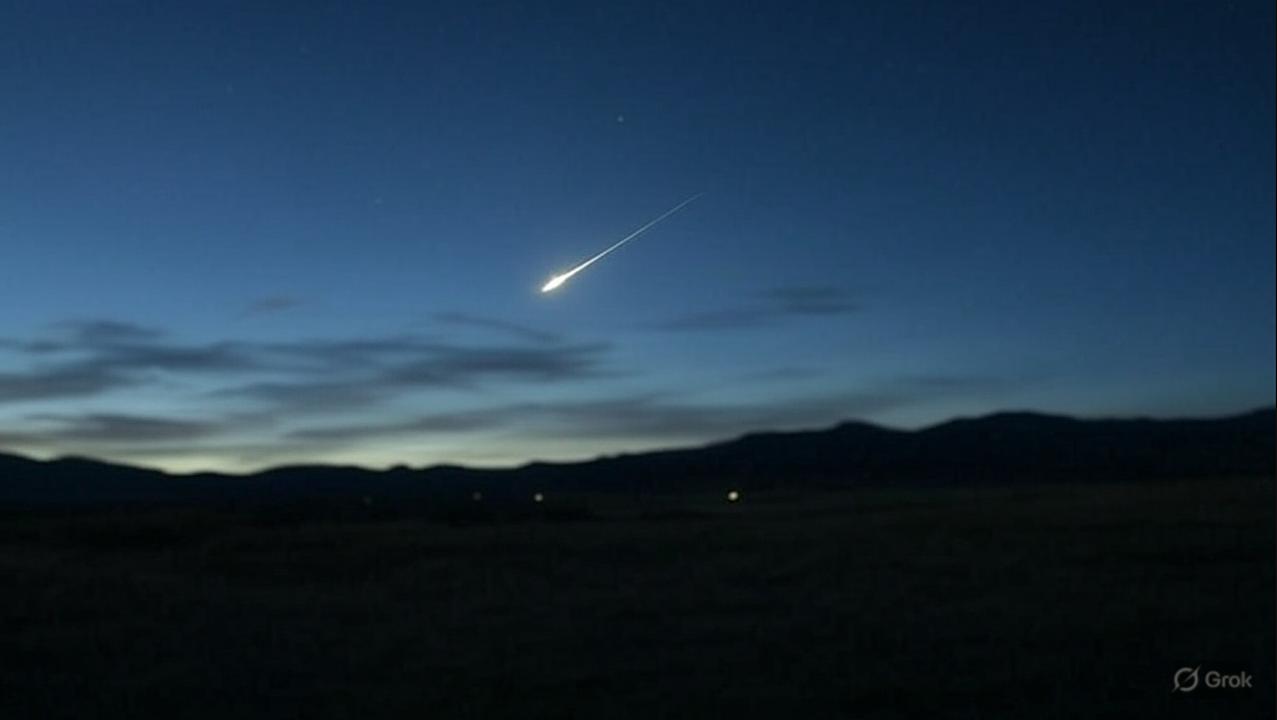Using the distance estimation method outlined in J. L. Carlin et al., a Bayesian approach specifically tailored for LAMOST data, we estimated distances for 7,450,303 spectra from 5,394,174 unique stars in the LAMOST DR10 low-resolution data set….
Category: 2. Space
-
A Catalog of Distance Determinations for 5 Million Stars in LAMOST DR10
-
Size Constraint on Hayabusa2 Extended Mission Rendezvous Target 1998 KY26 via VLT/VISIR Nondetection
1998 KY26 is a tiny near-Earth asteroid (H = 26.1) discovered in 1998. It has been selected as the target of the Hayabusa2 extended mission, which will rendezvous with 1998 KY26 in 2031. However, one of the most basic physical properties, size,…
Continue Reading
-
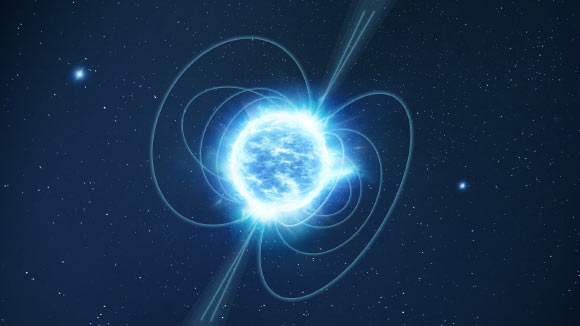
Runaway Magnetar is Traversing Milky Way from Unknown Place of Origin, Astronomers Say
SGR 0501+4516 is the likeliest candidate in our Milky Way Galaxy for a magnetar that was not born in a supernova explosion as initially predicted; the object is so strange it might even offer clues to the mechanism behind fast radio bursts.
An…
Continue Reading
-
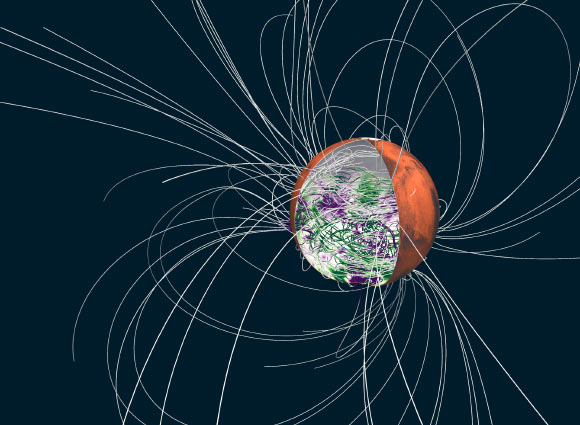
Liquid Inner Core Could Explain Mars’ One-Sided Magnetic Field
Recent measurements from NASA’s InSight mission show that Mars’ core is less dense than planetary scientists previously believed. This indicates that Mars probably never developed a solid inner core in the earliest times in its history. In…
Continue Reading
-

Astranis clinches $115 million Taiwan deal despite satellite setback
TAMPA, Fla. — Astranis has signed a $115 million deal to deliver Taiwan’s first dedicated communications spacecraft, the company announced April 15, amid an issue with a separate small geostationary satellite launched late last…
Continue Reading
-
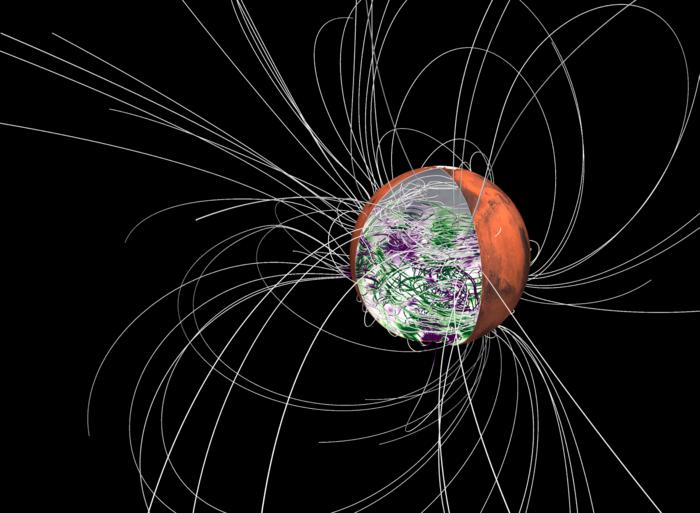
Liquid Core Theory Rewrites Mars’ Magnetic History
Did Mars once have a full magnetic field in its ancient past like Earth does today, or was it lopsided and only covered one-half of the planet? This is what a recent study published in Geophysical Research…
Continue Reading
-
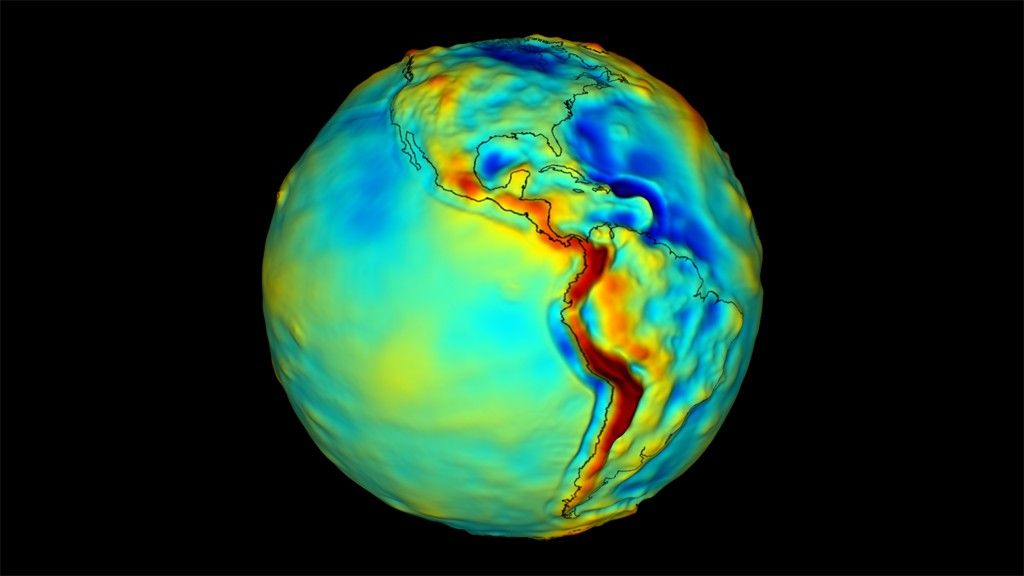
NASA Aims to Fly First Quantum Sensor for Gravity Measurements
Researchers from NASA’s Jet Propulsion Laboratory in Southern California, private companies, and academic institutions are developing the first space-based quantum sensor for measuring gravity. Supported by NASA’s Earth Science Technology…
Continue Reading
